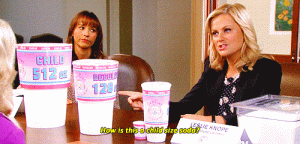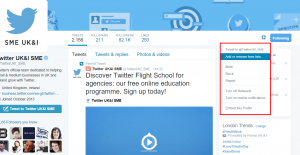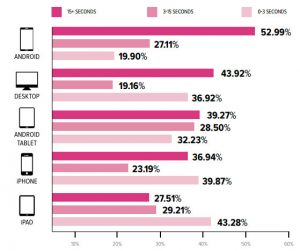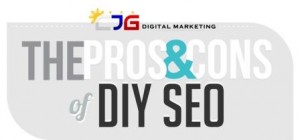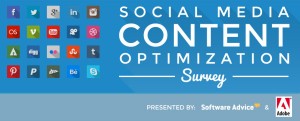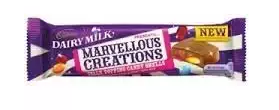IAs we emerge from a pandemic year, marketing as storytelling has been on my mind. I was thinking specifically about the history of the six-second story, a concept that is at the core of our story work here at TopRight.
How did we come to six seconds, why it so important? Here’s a little run down.
In the early days of broadcast and print marketing, campaigns rolled out over pages and pages or minutes and minutes of airtime. This worked well then because listeners or readers were left with a rich understanding of the brand promise. People had more time and patience in those days—were talking the majority of the 20th century up to about the 1980s.
Then digital comms and computers hit. Initially, in the 1980s and 1990s, digital storytelling followed much the same pattern, just in a new format. Long stories, full of detail. Marketers thought the real change was qualitative—marketing had become a “conversation” with the audience and not just an outward message. Not untrue! But not the full story.
Now smash-cut to you on your phone grimacing as you click through a thousand unwanted ads: the conversation has become one-sided!
Pretty quickly, life became cluttered in explosions if ad copy. Our always-on iPhones and always-on social media gave clever marketers a lot of time to fill up with content. And they got to work! Soon, we were all left with a shorter and shorter period of time to hear a pitch: down to two minutes, then one, then 30 seconds until …
Hello to the 6-second Story Attention Economy
In 2001, Davenport and Beck published The Attention Economy, and the marketing world suddenly became aware of an acute issue in their field. Folks just weren’t “paying attention” like they used to back in the 50s.
In that book and subsequent research, a minimum figure emerged that allowed anyone pitching a concept or product the ability to communicate a reason to care, listen, engage, buy, and stay. And that figure was six seconds. If any connection you make is lost in those few seconds, then it’s really lost, and most likely unable to be retrieved.
Think I’m exaggerating? Over the years, there’s been pretty consistent research showing people drop off before ten and even in under eight seconds. Six seconds is the minimum. It’s all we got!
What Does It Mean for You?
Even in six seconds, the “art of the story” itself doesn’t change. Your story still needs to speak to your audience and compel them into the buyer’s journey. It just has to do it in six seconds. In that window of time, the storytelling must be simple, clear and aligned with the customer’s needs and wants.
Marketing storytelling must:
- Make a complex problem identifiable and solvable.
- Identify the main elements and make them compelling.
- Ensure the next steps are perfectly in tune with those initial six seconds.
- Be Authentic. Don’t puff yourself up or tell tall tales, focus on what really matters.
While the length of the brand story has changed, the work of developing one has not.
No matter how short the message, never short-change the depth, complexity and richness of your brand. This requires that you completely examine, understand, and refine what that story is. Only then are you able to distill it further to finally reach the 6-second story capture.
Ask any kid waiting for ice cream (or adult waiting for Twitter to load), six seconds can be a lifetime! Today, the six-second story is as relevant and critical as ever.
Business & Finance Articles on Business 2 Community
(49)
Report Post
